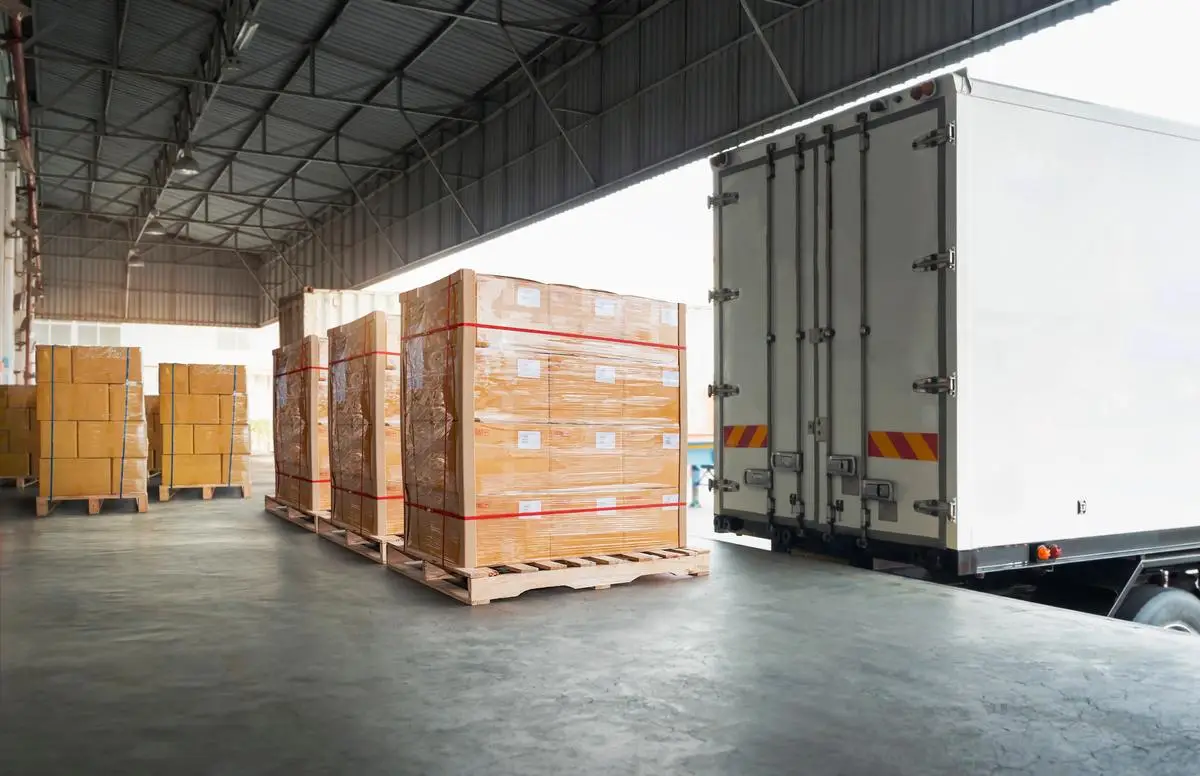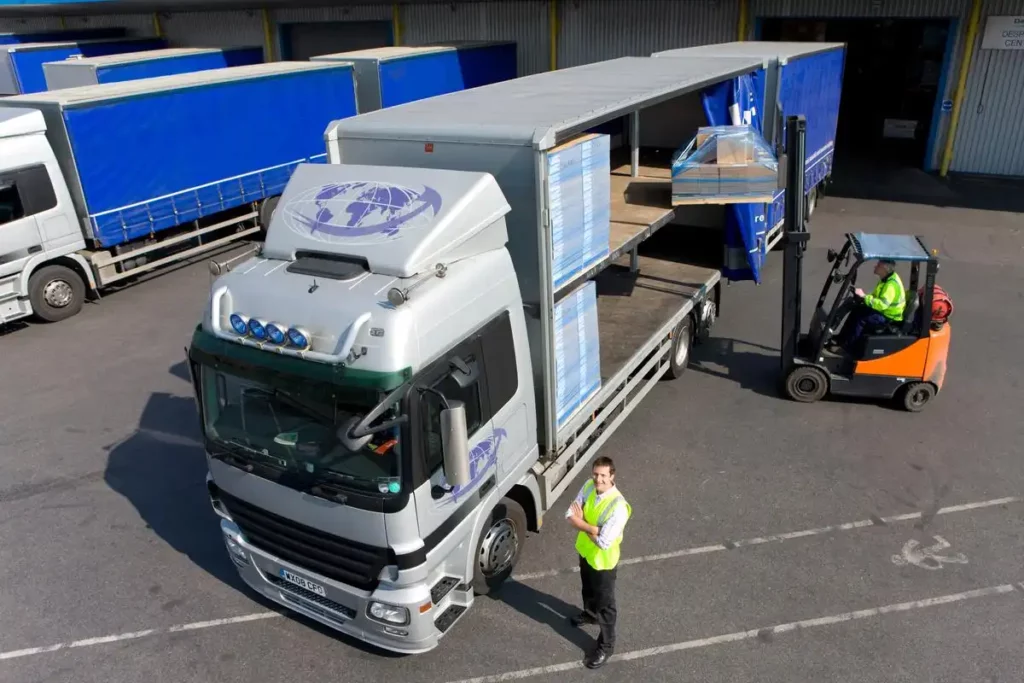In the ever-evolving world of logistics and supply chain management, businesses constantly seek innovative ways to stay competitive, reduce costs, and meet customer expectations. Cross-Docking is a strategy that has become increasingly popular in recent times.
A closer look at cross-docking will reveal its various types and the associated benefits. Additionally, we’ll share how Cross-Dock Services, including Restack Pallets and Load Restacking solutions, can help you implement this game-changing strategy.

What is Cross-Docking?
Cross-docking is a logistics technique in which products are received at a warehouse or distribution center and quickly sorted, consolidated, and shipped to their final destination without being stored for any significant amount of time. The primary goal of cross-docking is to minimize inventory storage time, handling costs, and transportation expenses while maximizing operational efficiency and product delivery speed.
Types of Cross-Docking
Cross-Docking comes in various types, each customized to cater to the unique requirements of different supply chains and industries. Some common types include:
Retail: This type is most commonly used by retailers who receive products from various suppliers, consolidate them, and then distribute them directly to their stores. Retail cross-docking helps reduce inventory holding costs and improve product availability.
Manufacturing: In this type, materials and components from multiple suppliers are consolidated at a cross-dock facility and then transported to a manufacturing plant for assembly. Manufacturing cross-docking can reduce lead times and increase production efficiency.
Distributor: This type involves consolidating products from multiple suppliers and shipping them to a distributor or wholesaler. Distributor cross-docking can lower transportation costs and improve delivery times.
Transportation: Also known as hub-and-spoke cross-docking, this type involves consolidating shipments from various carriers at a central hub and redistributing the goods to their final destinations. Transportation cross-docking can help reduce transit times and optimize shipping routes.
Benefits of Cross-Docking Services
Implementing cross-docking as part of your logistics strategy can bring a wealth of benefits to your business, including:
- Reduced inventory costs: By minimizing the need for long-term storage, Cross-Docking significantly reduces inventory holding costs and the risk of product obsolescence.
- Faster product delivery: Cross-Docking accelerates the transportation of merchandise across the supply chain, minimizing lead times and boosting the ability to respond promptly to customer needs.
- Lower transportation costs: Consolidating shipments leads to more efficient use of transportation resources, lowering transportation costs.
- Improved customer satisfaction: By delivering products more quickly and reducing the chances of stock-outs, Cross-Docking can lead to higher customer satisfaction rates.
- Increased operational efficiency: Streamlined processes and reduced handling time improve overall supply chain efficiency.
Implementing Cross-Docking with Mile High Delivery & Cold Storage
At Mile High Delivery & Cold Storage, we understand the value of an optimized supply chain, so we offer a range of solutions to help your business achieve its goals. Our Cross Dock Services, including Restacking Pallets, and Load Restacking solutions, are designed to maximize efficiency, reduce costs, and improve customer satisfaction. By partnering with us, you’ll have access to:
- Expert consultation to determine the most suitable cross-docking strategy for your business.
- A state-of-the-art cross-dock facility equipped with advanced sorting and consolidation technology.
- A dedicated team of logistics professionals to ensure seamless execution and continuous improvement of your cross-docking operations, including expertise in Restacking Pallets and Load Restacking techniques.
Conclusion
Cross-docking is a powerful strategy that can revolutionize your supply chain operations by reducing costs, increasing efficiency, and improving customer satisfaction. By understanding the different types of cross-docking and their benefits, businesses can decide which strategy best aligns with their needs and objectives.
As with any supply chain strategy, it’s essential to carefully evaluate whether cross-docking suits your business and implement it with proper planning and execution to reap its full benefits. By partnering with Mile High Delivery & Cold Storage and leveraging our expertise, advanced facilities, and dedicated team, you can unlock the potential of cross-docking and drive your business forward. Contact us today to learn how we can help you optimize your supply chain and stay ahead of the competition.

